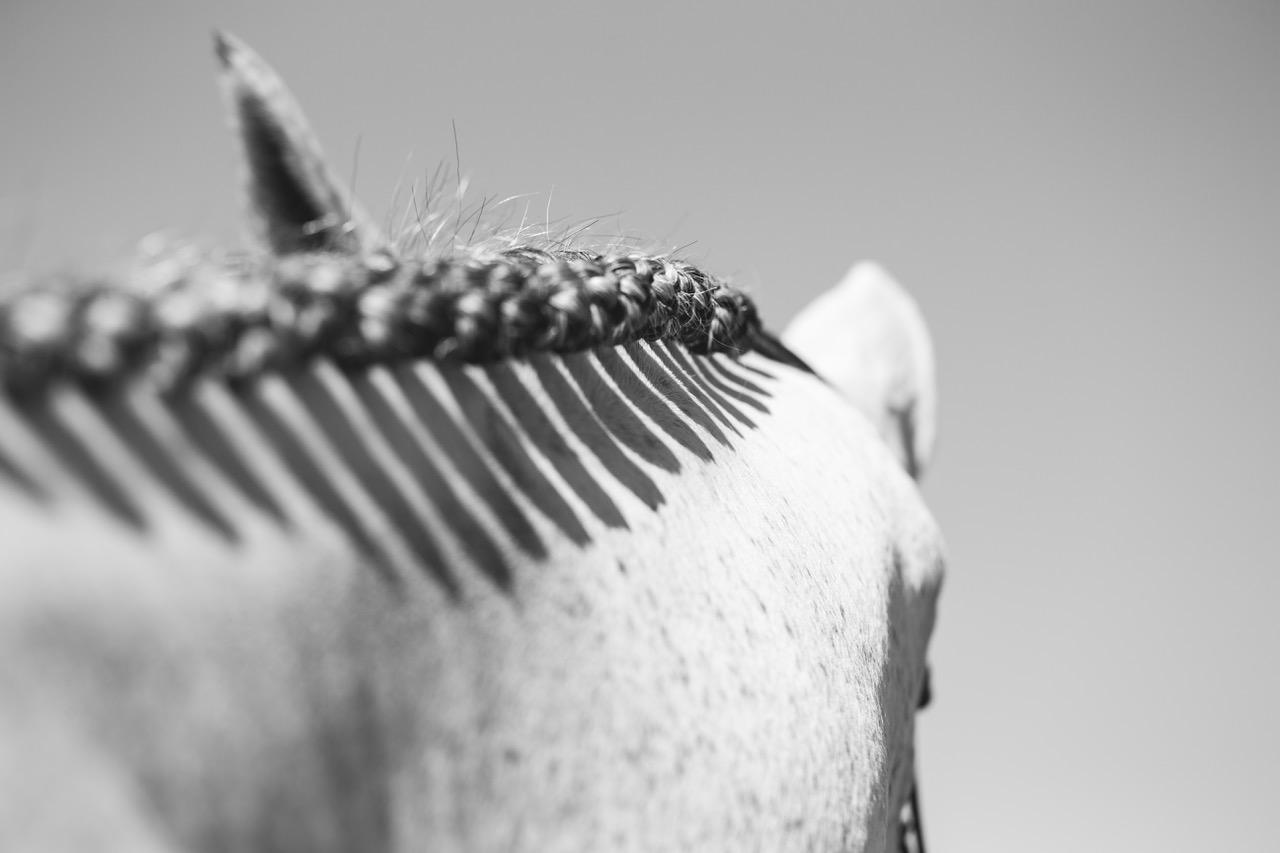Alright, horse lovers—let’s talk taxes. If you’re buying or selling horses internationally, especially from Europe, the VAT (Value Added Tax) situation can feel like a maze. But don’t worry—we’ve got you covered. This guide will break down what you need to know about VAT and taxes when it comes to international horse transactions. Spoiler: it’s not as complicated as it sounds (okay, maybe a little—but we’re here to help).
Quick heads-up: We did our homework for this post, but remember to chat with a tax pro for personalized advice.
Key Questions to Ask Yourself
Before diving into the nitty-gritty, you need to figure out a few things:
Where are the countries involved? Are we talking within the EU or outside of it?
What’s the transaction type? Are you buying/selling a horse (aka property transfer) or providing a service?
Are the parties liable for VAT? Are you or the other party registered for VAT?
Answer these three questions, and you’ll have a better idea of what VAT rules apply.
Important Note: Switzerland and the UK are not part of the EU.
VAT in the EU
VAT exists across the EU, so if you’re dealing with a professional seller in the EU, they should have an intra-community VAT number.
VAT Outside the EU
VAT might not exist outside the EU, so you need to figure out if the seller is acting as a professional in their country or not.
What Happens with Exports and Imports?
Here’s the breakdown for imports and exports, depending on whether you’re dealing within the EU or crossing EU borders.
Exporting Outside the EU:
Rule: VAT exemption. Whether the buyer is liable for VAT or not, you’ll note this on the invoice: “VAT exemption – Article 262 – I-1 ° of the CGI.”
Admin Steps: You’ll need to clear customs and get an EORI number (which you can apply for online).
Importing Within the EU:
Rule: You’ll be invoiced without taxes, but VAT will hit you at customs. Pay it, then potentially deduct it during your VAT return (if you qualify).
Intra-Community Transactions (EU to EU)
Intra-Community Delivery to a VAT-Payer:
Rule: If you’re sending a horse to another EU country to a VAT-liable buyer, ask for their VAT number.
Admin Steps: Complete a Declaration of Exchange of Goods (DEB) within 10 working days of the shipment.
Intra-Community Delivery to a Non-Liable Party:
Rule: If the buyer isn’t VAT-liable (like a private individual), the EU country’s VAT applies.
Intra-Community Acquisitions
Buying from a VAT-Payer:
Rule: You’ll be invoiced excluding taxes (HT), but you’ll self-assess VAT and mention it in your VAT return.
Buying from a Non-Liable Party:
Rule: No VAT involved. You just buy the horse without worrying about VAT.
Important Reminders: Declaration of Exchange of Goods (DEB)
If you’re moving horses (or anything) between EU countries, don’t forget the DEB.
Under €460,000: No DEB needed.
Over €460,000: Full DEB required.
And make sure to verify the VAT number of your buyer—it’s easy to do online.
Wrapping It Up
Here’s the takeaway:
Figure out the countries involved (EU or non-EU), what kind of transaction it is (goods or services), and whether the parties are VAT-liable or not.
International transactions involve crossing borders, so get familiar with customs and VAT rules.
Always verify VAT numbers within the EU, and when in doubt, ask a tax expert.
Taxes don’t have to be a headache. With the right info and a few key steps, you can navigate the world of international horse sales like a pro.


